The Article
The Planar 1 Plus Turntable From Rega
4th June 2018
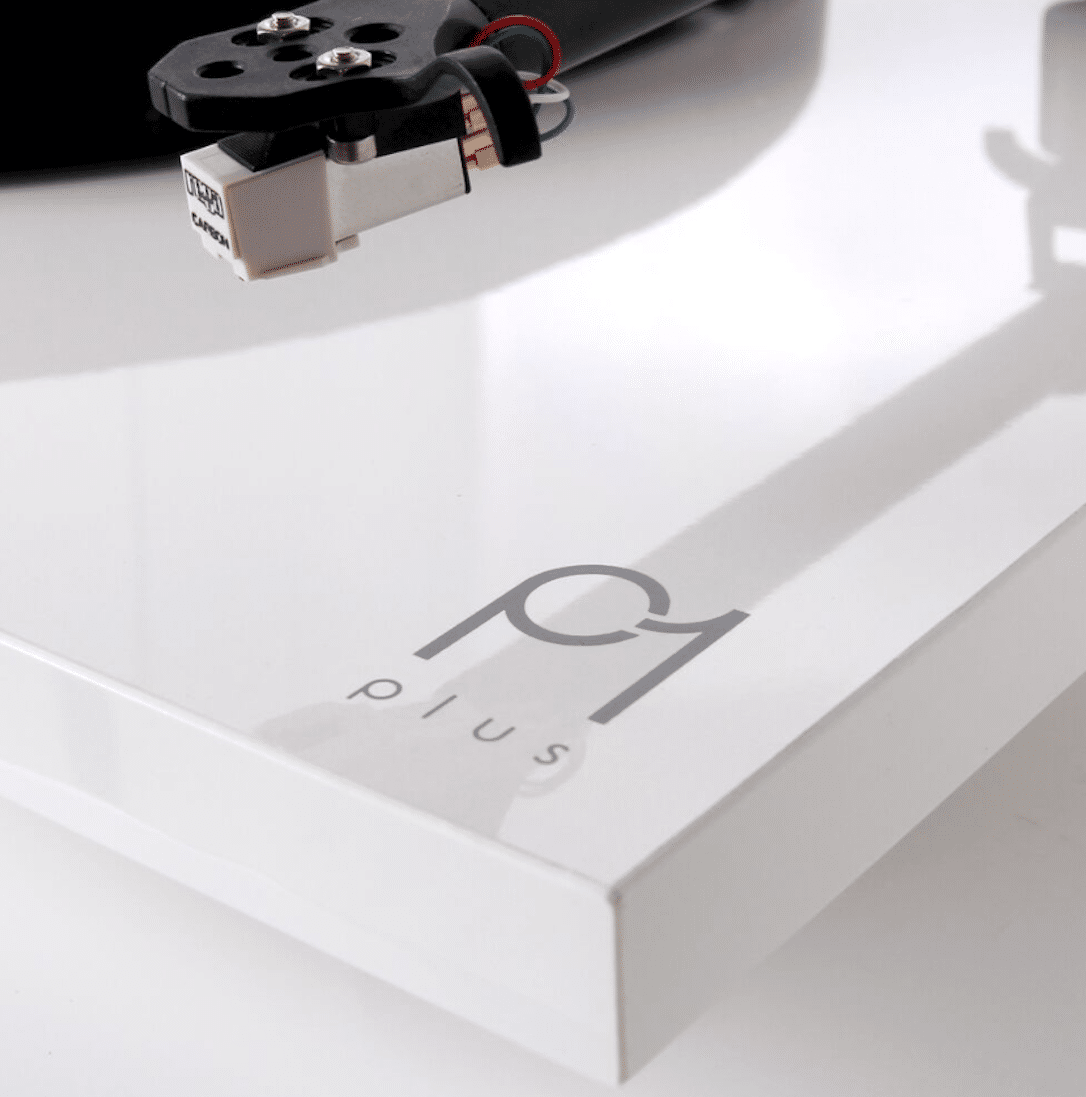
Offering a Planar 1 turntable with a modified Fono Mini A2D phono amplifier built in, Paul Rigby reviews the Rega Planar 1 Plus. And then wishes he hadn’t
I recently reviewed Rega’s Planar 1, the latest incarnation of its entry level turntable. As you can see HERE, I loved it. In fact, it attained a very rare Golden Groovy, 10/10 rating. One of a (very) small handful of products to receive that accolade. Considering the price, the sound is sublime, it looks great and rather swish and not at all budget-like, it’s very easy to install, the printed instructions are short, sweet and secured on top of the platter by the spindle and it’s priced nicely too, somewhere around the £250 mark.
Every pound of the limited build budget has been used perfectly and efficiently. There’s a new RB110 tonearm with a superior sound and securing latch for the arm tube. There’s no anti-skate to worry about while, compared to the older RP1, a new 24V, low noise, synchronous motor (the first budget design from Rega to include one) is featured. A new motor PCB and aluminium pulley sits along a new plinth plus 23mm phenolic platter. The re-designed bearing sits above three new noise reducing feet. You also get a reliable Rega Carbon cartridge.
If you want more information on the design of the Planar 1, click that link above.
What made the ground shift below my feet a touch was the news the Rega was going to release a ‘Plus’ version of the Planar 1. Not a turntable with more advanced audiophile features, as the name might imply but a bundle of sorts. That is, the Plus takes the Planar 1 and bolts a phono amplifier underneath the plinth. In this case, it has fitted a stripped down version of the excellent Fono Mini A2D phono amplifier to the deck. Removing the Fono’s A2D bit and bobs and the USB port in the process.
There are, no doubt, practical reasons why Rega has done this. Let me suggest a few. To add customer value by bundling the two together (we’ll get to that point in a moment), to decrease the amount of cables that you need to worry about (although removing two cables from the set-up is a relatively minor headache saver), to reduce the footprint of the two separate products for those users where space is of a premium (although the Fono is a pretty small item, as it is), to cater to the technophobe by simplifying the installation process and maybe to enter the ‘bundling’ fad that the industry has fallen prey to of late. Recent hi-fi show attendances has revealed to me that, along with active/powered speakers, the latest industry ‘craze’ is to bundle previously disparate items together into a single chassis. I reviewed the Elipson music centre recently, for example, which adds network audio to radio and a CD player and more.
The practical problem with Rega’s Plus design, though, is that you’re stuck with the internal phono amplifier. You cannot ‘upgrade’ to an external model. There is no switch to move from an internal to an external phono amplifier. This is a severe limitation for any turntable/phono combo, never mind one that costs £329. It boxes you into a corner in terms of possibly sonic potential.
Apart from that, before the sound tests are addressed, allow me to reveal my basic fears for the Plus. Firstly, in sonic terms, nothing good has ever emerged from a turntable with an internally fitted phono amplifier. Both the turntable and the phono amplifier are two of the most fragile components in the entire hi-fi chain. Fragile in terms of their susceptibly to outside noise influences from: other power and circuit components, vibration, mains, mobile phones, routers/wi-fi extenders, etc. Positioning a phono amplifier very close to a turntable is not recommended, never mind bolting one to the other.
Throwing money at the problem doesn’t work, either. I’ll give you two examples. T+A turntables (around £5,000 in broad terms) feature a phono amplifier module that slides, PC card-like, into the plinth. The inherent sound quality results are quite nice but, when compared to a turntable with an external phono amplifier, the relative sound is boring and bland. Roksan takes another pathway, bundling the phono amplifier with its Caspian VCS 2 Vinyl Control System (£3,500) featuring a speed control and power supply (or two) into a full size chassis that sits adjacent to the Roksan Xerxes turntable (around £5,000 including and arm and cartridge). Ultimately, the sound from the phono amplifier is grey and faceless. The problem is the veiling noise from the associated components leaking into and around each other that dulls the sound and dampens any detail.
And Rega believes that it has cracked the case with the Plus? At £329?
And that’s another point. The only reason to bundle a turntable and phono amplifier together is money. Where money matters more than sound quality. Sub-budget turntables (i.e. £200 or much less) do it all of the time to reduce costs and add value. The bundling makes sense in this case. This is an arena where every tenner is important to a user’s constricted budget.
Lucky customers sporting a larger budget should demand enhanced sound quality and should reject the built-in phono amplifier option. Simple as that.
Now, the one unknown variable to add to the above is Rega’s assertion that it has taken steps to shield the Plus from harmful noise that might emerge from the bolted on phono amp – and vice versa. If Rega has done this successfully, then it could revolutionise this analogue design variant. So, let’s see how Rega got on then.
SOUND QUALITY
I began with Ella Fitzgerald’s version of the Sinatra classic, One for My Baby. I began by testing the Rega Plus using its built in phono amplifier against various low cost, Chinese-made sub-budget turntables using their own built-in phono amplifiers and the Plus won, hands down, sonically, in every frequency area. At £329 for a Plus, though, that shouldn’t be a surprise.
I then brought out a Lenco L-3808 (£200), flicked its internal phono amplifier switch to external (if Lenco has such a thing, why doesn’t Rega?) and added an external Cambridge Audio 551P phono amp (£56 or so from eBay).
Right from the beginning, the Rega struggled and the problem was a veiling noise and I knew where that was coming from, the built-in Rega phono amp. The noise was a sort of light ‘sheen’. Nothing aggressive. Not a buzzing or anything obvious. It was almost the sound you get from too much compression within music. I’m sure you’ve heard that before. The sort of effect that really bugs you after a while. It gets under your skin. The noise veil introduced enough of a covering to remove detail and to dampen dynamics. Rega might have utilised shielding to keep the noise out but, obviously, not enough was employed because this noise was everywhere. In comparison to the general output of the Plus (£329), the cheaper Lenco/Cambridge combination (£256) sounded like a £1,000 set-up. It offered a smooth, relaxing sound, in comparison.
Through the Rega, Fitzgerald’s vocal delivery was fractured. This from the smoothest vocal delivery in the business. Her voice sounded worried. It was as if something truly horrible was going to happen after the session and she was fretting about it during her performance. She sounded positively tense.
The brass was rather harsh in tone too. The muted trumpets, especially during crescendos, were thin, raspy and aggressive while the cymbals had a static infected quality.
Actually, the cymbals offered a perfect metaphor for the Plus’ problem so they deserve further exploration. While concentrating, you could hear supreme quality from the cymbals. The cymbals sounded sublime. Large, expansive, dynamically stretched and reaching upwards, forever upwards. You could really hear the larger nature of these big pieces of metal. The sheer scaling detail from the Rega was stupendous. The problem was the blanket of noise that covered all of this beauty, it turned the cymbals into something foreign. ‘Pretend cymbals’, if you will. And this is the thing with the Plus, you could hear the quality behind the noise. The noise was like a fence, you wanted to peer over the top of it to get to the great sound quality behind. You could hear the Planar 1 trying, even at this point, to be the best. And it was actually heartbreaking. Speaking as a dedicated audiophile, it was actually upsetting to hear what Rega has done to this beautiful turntable.
I changed to the sitar from Ravi Shankar’s nephew, Ananda (he died way too soon at just 56 years of age). He released a self-titled LP in 1970 mixing traditional cultural content with more contemporary arrangements. Which is why I played his version of the Rolling Stones’ Jumping Jack Flash. Odd but interesting, it’s largely an instrumental with the sitar centre stage, a rock arrangement plus a few backing singers interjecting around the chorus.
How does the Plus compare to contemporary Rega models? I was going to bring in a standard Planar 1 but decided to go further. I used an older RP1 (which is slightly inferior to the standard Planar 1) plus the Cambridge phono amplifier (which is inferior to the Rega Fono). So how did the new Plus (£329) compare to this slightly ‘lesser’ system? Combination second-hand price? Around £256.
Let’s start with the negatives in terms of the overall sound quality of the Plus. Firstly, the mids sounded constricted, the sitar sounded rather squeezed and not particularly relaxed. The bass was shiny. That is, the bass bounced and sounded like a plastic ball on Tarmac: full of punch and impact but with reduced organic response and not as much ‘give’ when the drumstick hit the skin of the drum. A transparent recording, on a properly prepared budget system, will offer elements of this treasure. Not here.
Taken as a whole? From the Plus, as I say above, the song sounded like the record label had added a touch of compression to the recording. The reason for these negatives? Again, easy. Point the finger directly at the built-in phono amplifier. Frankly, the much cheaper Rega RP1/Cambridge combination left the Plus in its sonic wake.
Are there any positives to be had from the Plus? If you like a more edgy midrange, one that snuggles up to a digital level of midrange attack and one that provides more bass slam and force but gives you all of this with a wide, expansive soundstage then the Plus is for you.
Another problem with the Plus and the price of the same, is that it has to be compared directly with the vanilla Planar 1 with an external Fono Mini A2D phono amplifier hanging off it (a combination Planar 1/Fono price of £339, just a tenner more than the Plus).
Because the basic Planar 1/Fono combo’s sound is anything but vanilla then the Plus will always fall at the last fence. It will always sound like a poor relation to the basic Planar 1/Fono and will always feel like a ‘bad deal’. This is the downside of creating a truly great product (i.e. the Planar 1) and the danger of fiddling around with the same (i.e. the Plus). The enormous loss in comparative sound quality suffered by the Plus is worth a lot more than that £10 comparative price difference.
CONCLUSION
Rega has seriously cocked up here. It shouldn’t have released this product. Not ‘as is’ and at this price, at any rate. It should have designed a different deck, in a different wrapper, basically inferior to the Planar 1 and cheaper to build with a lesser quality, built-in phono amp and given it a different name and done so at a much cheaper price.
The Plus should have been a one-off, specialised deck, disassociated from the Planar 1. Why is that important? Because forcing the Plus into the Planar 1 family harms the Planar 1 by association. The Plus demeans and actually damages the Planar 1 brand.
So, what’s the Plus good for? Firstly, Rega fans (and there’s plenty out there) will buy this turntable no-matter what. Users who do not trust plastic Chinese productions will buy the Plus. Users who like the quality finish and all-in-one nature of the Plus will buy it. It will appeal to image-conscious technophobes too.
These potential customer sectors remain a niche, though. The most important core customer type out there is the ardent budget hi-fi buyer. That crucial customer type counts their pennies but they still want great sound. They want value too. I’m afraid that this buyer type will not – or should not – even consider the Plus as a purchase option. Both the Lenco (with a low cost, upgraded external phono amplifier) and Rega’s own Planar 1 with an external Fono phono amplifier squeezes the Plus until it squeals both in terms of price and performance. To coin an old adage, the Plus is stuck between a rock and a hard place.
As a budget turntable in today’s market? The Rega Planar 1 Plus is wholly ill conceived and badly positioned. It sends out the wrong messages in terms of sound quality expectations and, if you factor in Rega’s importance to the industry as a brand to be trusted and as a reliable entry point for the beginner into the world of vinyl, the Plus sets the analogue wing of the hi-fi industry back by years.
This is not a Rega Planar 1 Plus it is, sadly, a Rega Planar 1 Minus.
REGA PLANAR 1 PLUS TURNTABLE
Price: £329
Website: www.rega.co.uk
TO BUY CLICK BELOW:
EUROPE – https://amzn.to/3ejqYyk
USA – https://amzn.to/383bMo7
GOOD: finish, turntable design, phono design, broad soundstage, for solid state fans
BAD: built-in phono amp, price, pinched treble, plastic bass, constricted mids
RATING: 5
[Don’t forget to check out my Facebook Group, The Audiophile Man: Hi-Fi & Music here: www.facebook.com/groups/theaudiophileman for exclusive postings, exclusive editorial and more!]
REFERENCE
Rega RP1 turntable
Cambridge Audio 551P phono amp
Rega Brio-R amplifier
Tellurium Q cables
Blue Horizon Professional Rack System
Harmonic Resolution Systems Noise Reduction Components
All vinyl was cleaned using an Audio Desk’s Ultrasonic Pro Vinyl Cleaner

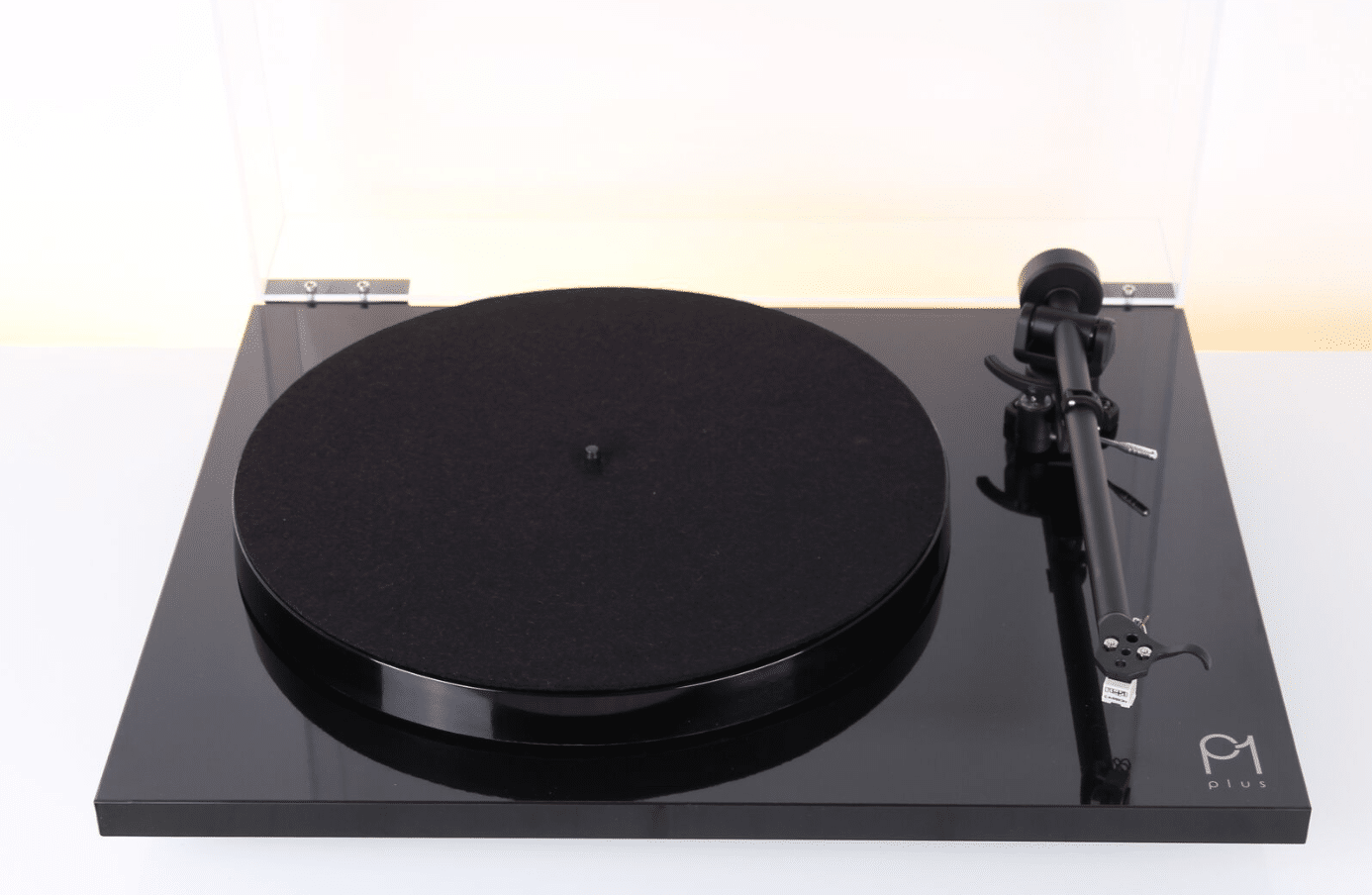
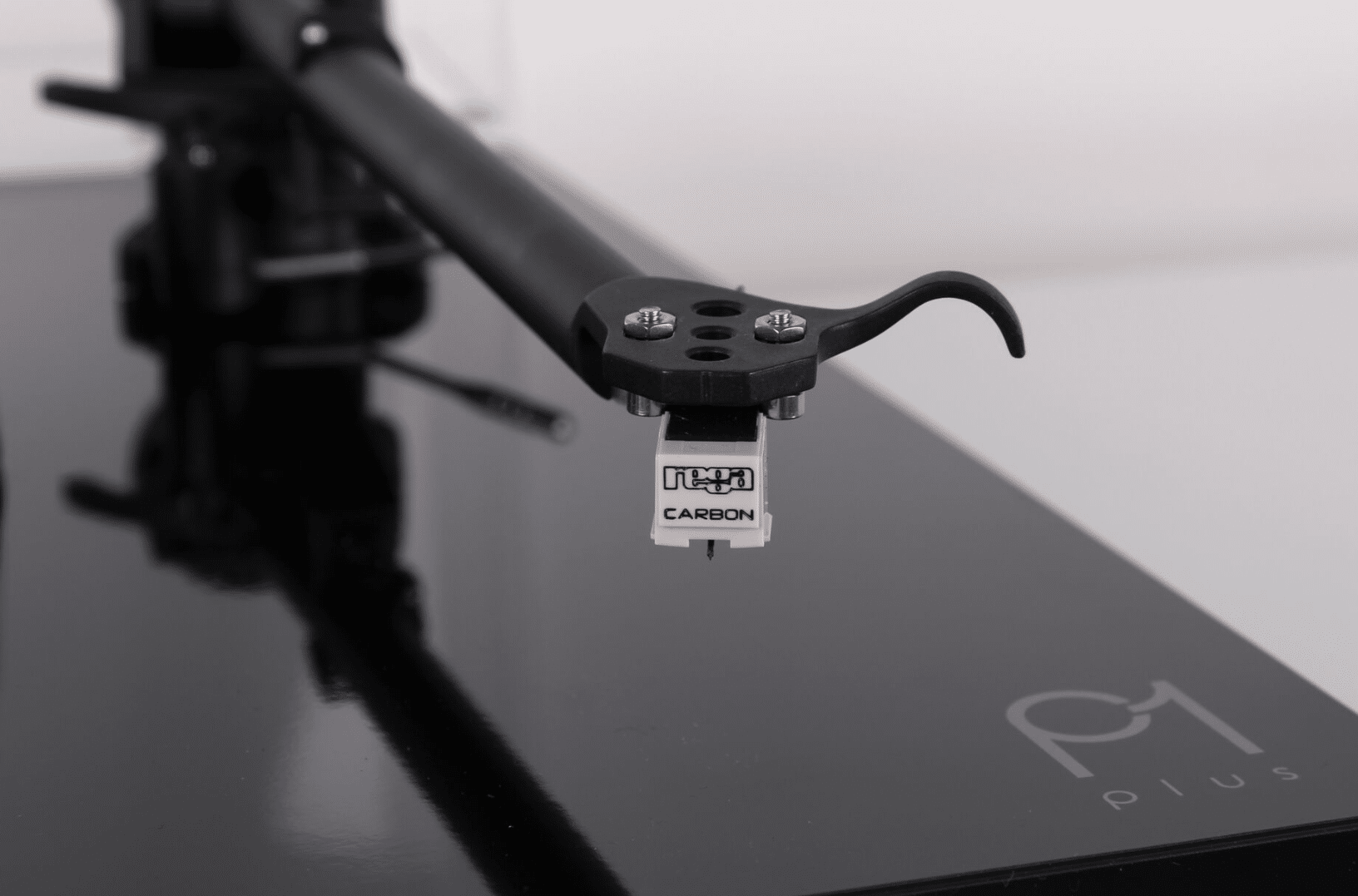
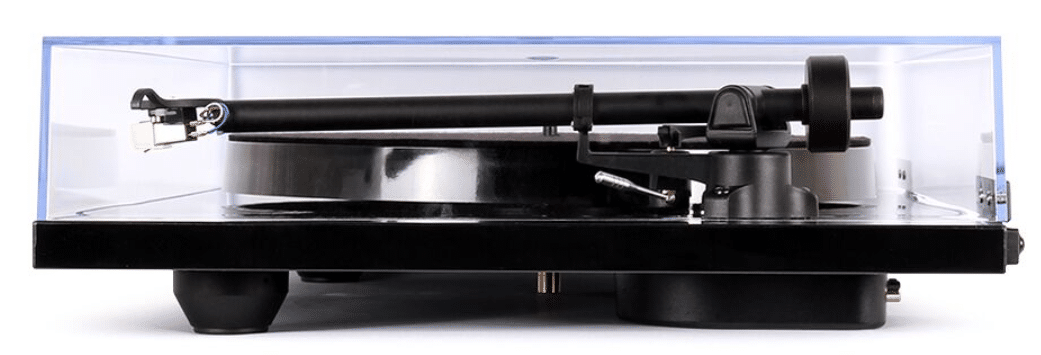
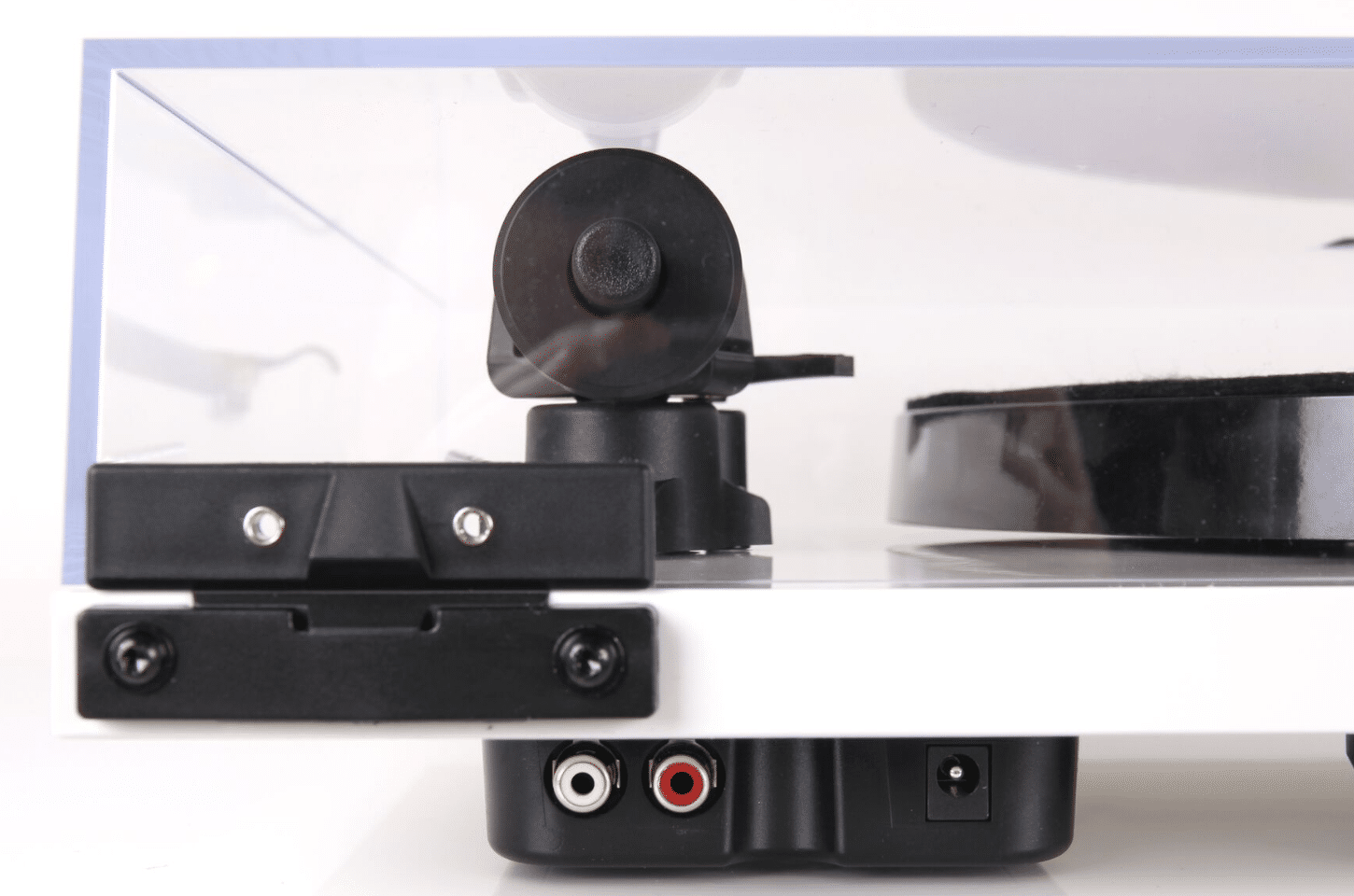
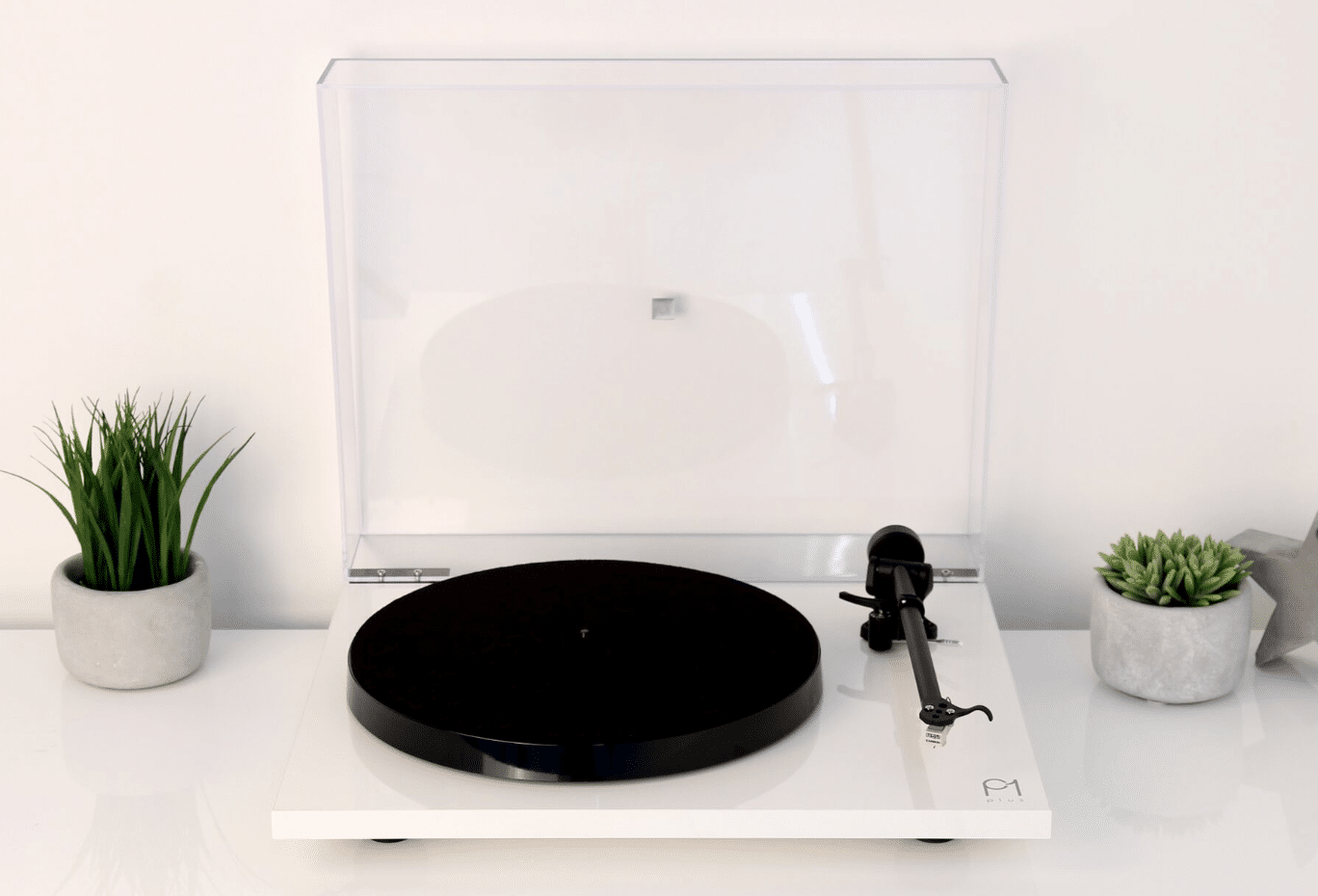
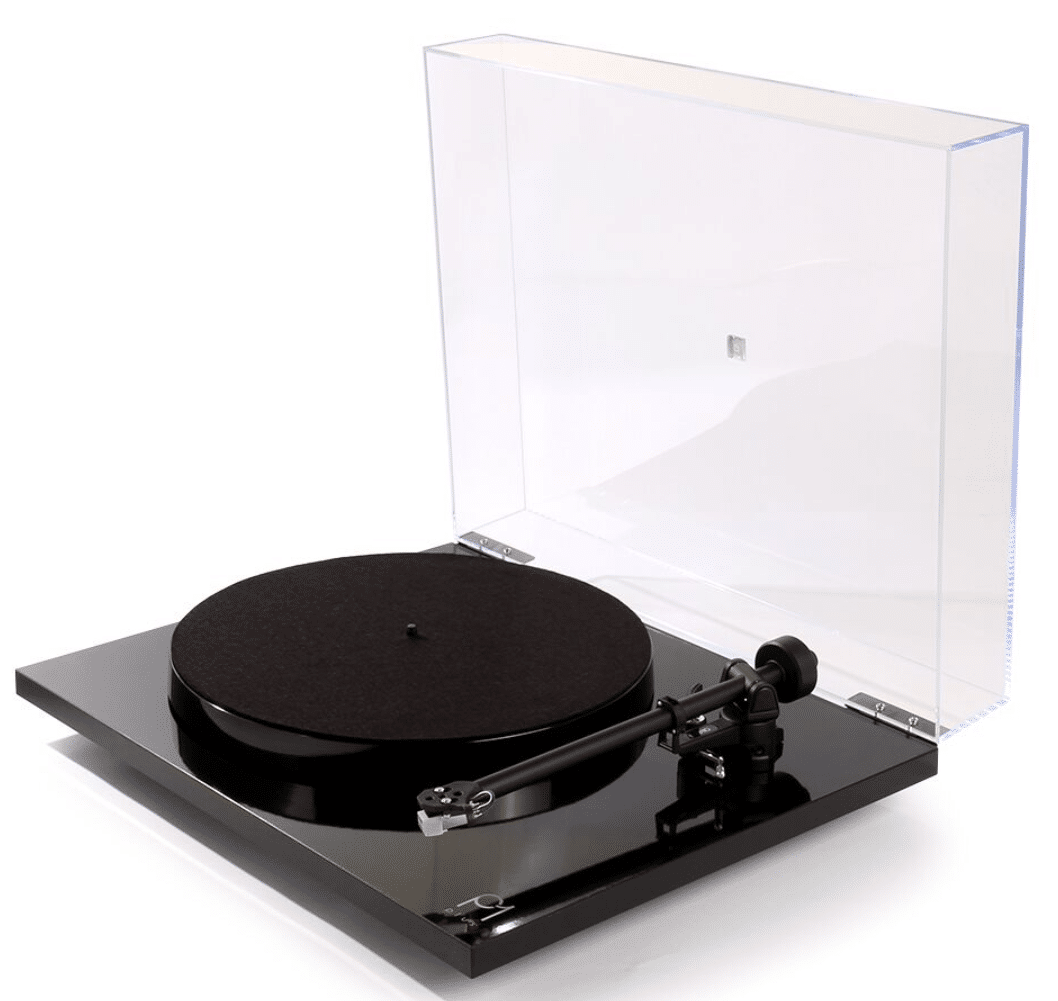
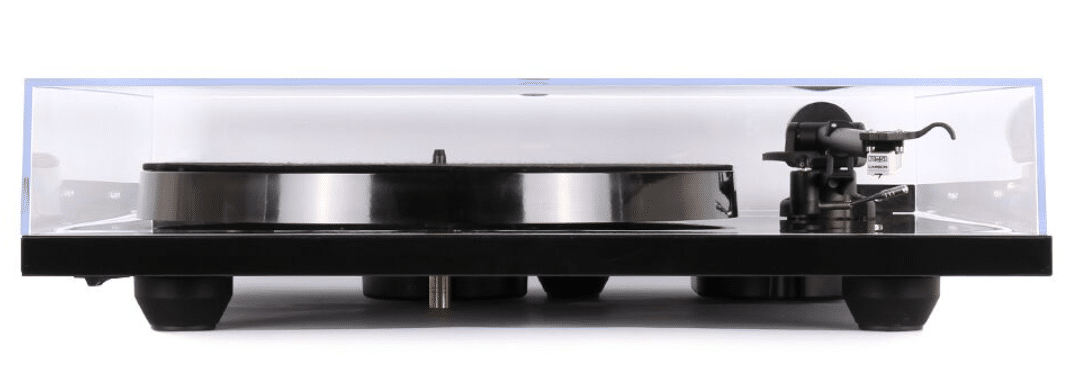
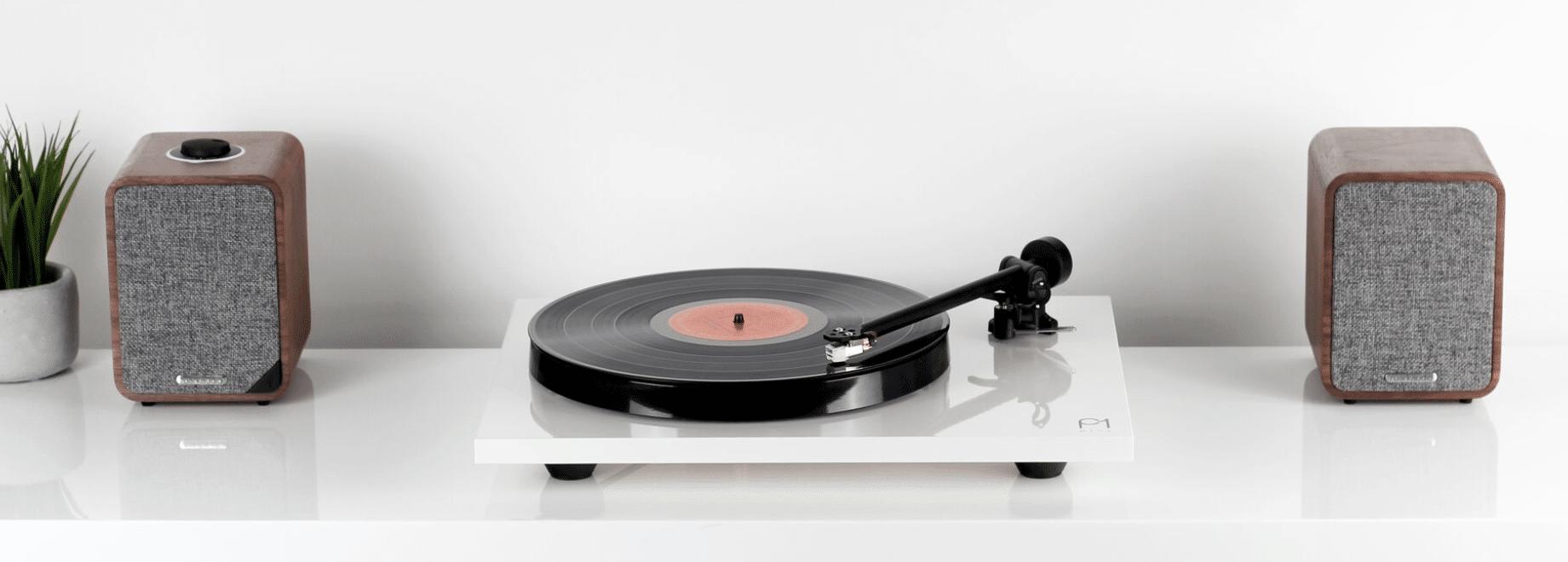
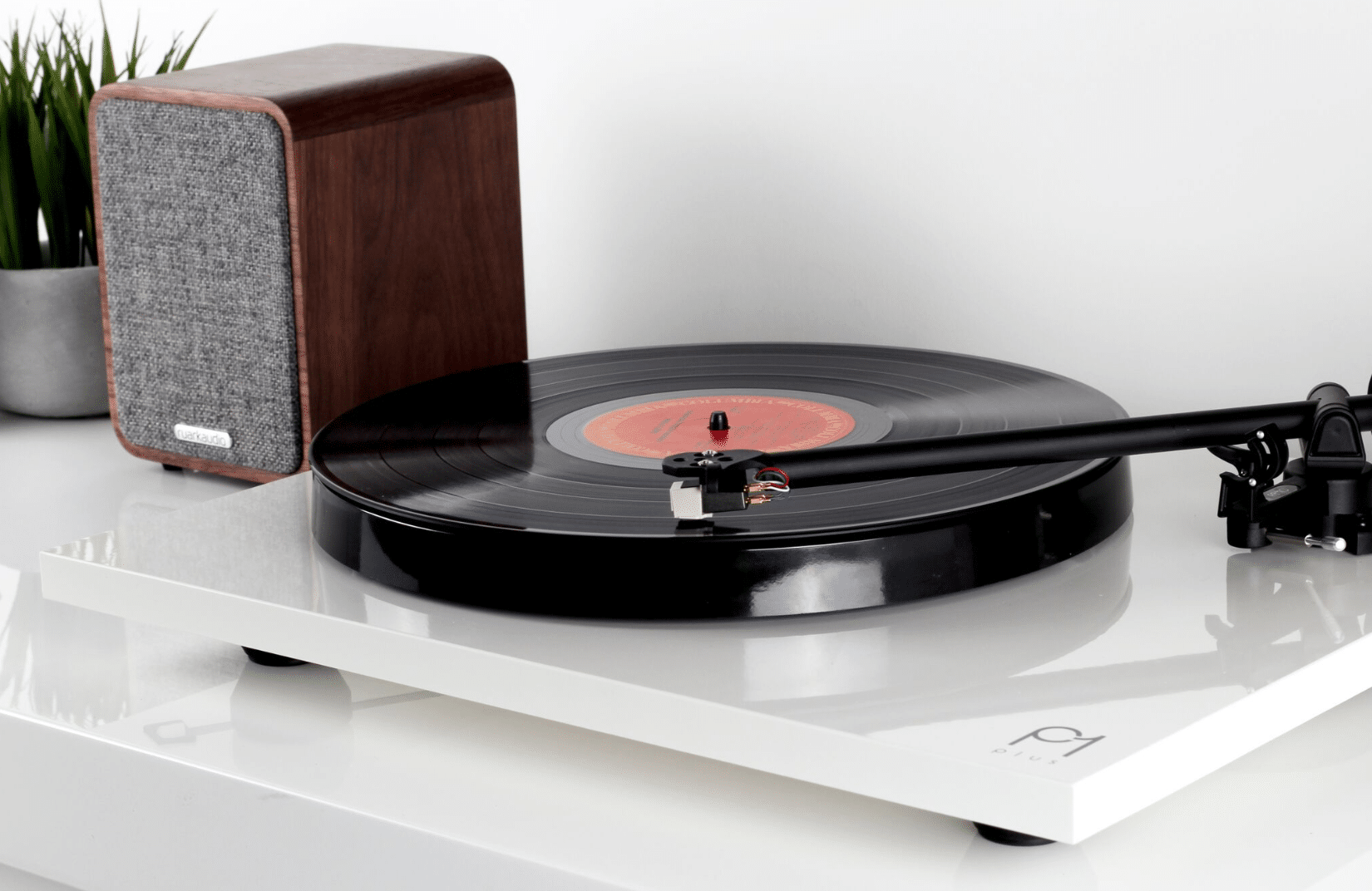
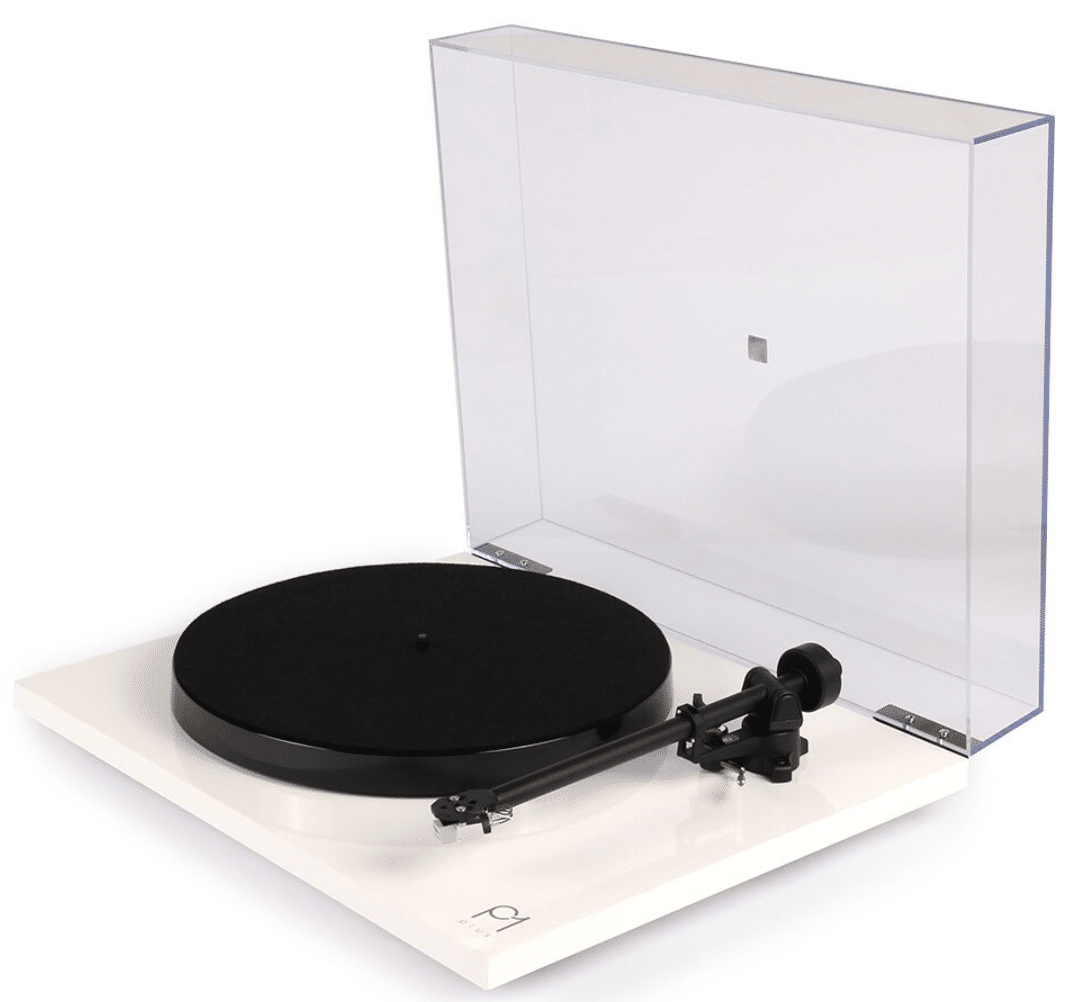

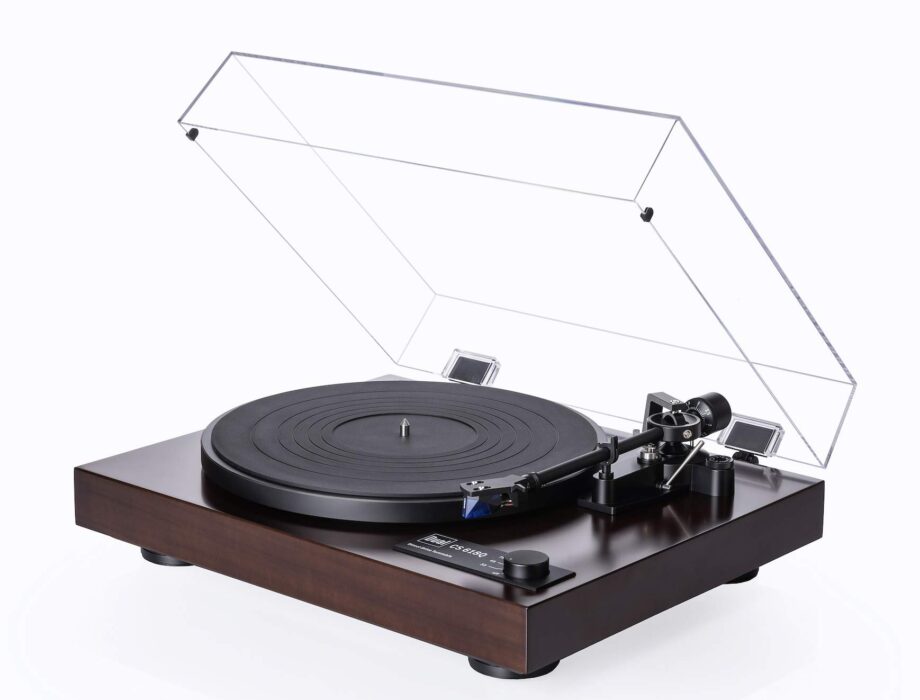
i just removed what hifi from my go to audio lists, five stars and a raving review
Yes, I saw that later. I was…surprised. I’ve actually gone back to my own review to add a bit of further explanation. Just in case anyone thinks that the noise I refer to is aggressive in some way. It isn’t. I have already mentioned the word in the original review but I wanted to emphasise that the veil is a sort of ‘sheen’ the I hear. It’s like a compression effect you might get from a too enthusiastic studio production. When I played the Plus, I felt…on edge. When I brought in the Lenco and external Cambridge phono amp, I could feel myself relaxing. The Lenco/Cambrdige sounded smooth in comparison.
Why would you take a single review over another, surely listening for yourself, with your own set up in your own room (we all know how rooms & associated equipment can affect sound) is far more prudent than a single review which seems completely off kilter with every review of this deck. I have questioned if the deck was set up correctly because the noise level, in conjunction with the veiling of the sound (sheen, compression comments), seems at odds with the sound i have personally heard from this deck when compared with much higher priced decks.
Tell me something I didn’t know…
As good a reason as to why we need reviewers like Paul.
To tell the truth……
Now I’m itching to ask a question that’s been bugging me since I jumped on the power cord/mains bandwagon 😉
Very kind of you to say so, thanks Dermot. First away, if you have a question.
You’re welcome Paul. I’ll ask the question on one of your power cord reviews if that’s ok? Otherewise I’ll be hijacking this thread. Can’t have you having a rant at me AND Rega!
No probs, Dermot 🙂
Rega have already designed a “different deck in a different wrapper”. It was then sold by a different company as the Flexson VinylPlay! It’s an RP1 deck, arm and cartridge with a non-switchable phono stage underneath. Sound familiar? Rega could have put it out under their own label as a “RP1 Plus”. Perhaps it was a bit of market testing?
Intriguing point you’ve made there, Tony. I reviewed that deck many moons ago and forgot that fact. Nice one.
Hi Paul,
I was ready to pull the trigger on a RP1 until i read your review, I like the idea of being able to change phono- preamps. I have a Sprout 100 and would like to get the best turntable for that for under $600 if possible. After reading your review i thought an RP1 with a budget ( >$100) preamp like the U-Turn Audio – Pluto Phono Preamp or the Pro-Ject Audio – Phono Box DC might work. What are your thoughts?
Thanks for your question Rick. I assume you’re the USA? If so, Rega offers poor value in any case because you pay for all of their shipping costs. They hike the price way up when compared to the UK. Because of that, you’d be better to look elsewhere such as Pro-Ject which is kinder to your pocket or the surprisingly good NAD designs.
Something like a Pro-Ject Phono Box phono amplifier ($100) with a Debut Carbon turntable or, alternatively, a NAD C558 turntable with the same phono amp as above: https://theaudiophileman.com/c558-turntable-nad-review/
Thanks Paul,
I was leaning toward the carbon but most of the reviews said the Rega blew it away. The Rega is $475 here and the Carbon is $400 so not that much difference. I’m not a big fan of NAD based on their customer service
Hi Rick – my price source info is a bit off it seems 🙂 As I say, when you buy a Rega in the USA, you’re not spending your money just on the turntable. You’re actually spending part of the fee on some guy’s truck. To me, that’s a waste. I’d invest it in the deck itself. Other options are the Pro-Ject Audio Debut Carbon DC Esprit SB, I’d also heavily recommend the Funk Firm Gett!: https://theaudiophileman.com/gett/ which is even superior to a Rega 3.
Thanks, Paul!
for the price of Pro-Ject Audio Debut Carbon DC Esprit SB you can buy a Rega Planar 2. Do you think Pro-Ject is better?
Do you have any suggestions for a beginner turntable set up with ~1000$ budget (or less)?
Hi Alexey – before I answer the turntable question, check out this buyer’s guide video and then come back to me if you have further questions: https://theaudiophileman.com/budget-vinyl-system-buyers-guide/
Thank you so much! Very helpful video!
But I’m in the US and trying to find an alternative to Rega Planar 1. I’m thinking about Pro-Ject Essential III. But I’m a newbie and it’s extremely difficult to make a choice.
Yes, I’d go for the III, if you’re in the USA. The Rega’s price is inflated. You pay for the company’s shipping costs. Get the III. It’s an excellent deck.
Thank you for your responses! I’m so sorry if I’m annoying.
I found other US brand U-turn Audio and checked the review on their Orbit Plus Turntable. I like it a bit more than Essential III because of an acrylic platter. It looks solid and the price is adequate.
Have you heard anything about this desk?
I’m afraid not, Alexey – I’m very much in the dark about that because the company is not offering the deck for review over here. It took me long enough to review the Canadian Fluance turntables! 🙂 Hopefully I’ll get one in the future. Sorry about that.
Thanks, Paul!
I really appreciate your work and answers!
Paul your spending your money on lower quality sound compared to higher quality sound no matter the country where it was manufactured, Rega Planar 1 wins on sound quality over your Pro Ject sucks
Hello, Paul. Have Rega improved the RP1 since this review? I was just about to buy it. Which is the best turntable with an inbuilt preamp if it’s not the RP1 ?
Hi Paul – not to my knowledge, no. What’s your budget?
Hi Paul. Thanks for the review. Typically I just ordered a RP1 then came across this. I am no audiophile so I wondered do you think I’d be able to hear the same as your trained ears when trying it out? Also I’m pairing it with a ruark r2 mk3. Do you think I’ll be losing out by not using stereo speakers? Lastly, if I may hijack the other Paul’s question, what, in your opinion, is the best built in preamp turntable option on a budget of ¬£300?
Hi Simon – if you’ve bought the Planar 1 then I’m loath to trash it now, in front of you, because you’ve spent good money on it. Its a decent turntable – kinda – but it could have been so much more and I just believe that Rega cocked up on the basic deign decisions.
When you have the cash and might wish to move onwards and upwards in sonic terms, I’d look to upgrade with a separate amp and passive speakers but the Ruark would do for now, sure.
If you’re looking to buy a turntable and you have ¬£300, I’d like to have a good reason from you why you would want a built in preamp in the first place. Because sound quality is vastly improved with an external model. Hence, I would hesitate to give you a list, unless you offered reasons why that had to be so and you had no option.
Thanks for the response Paul. Much appreciated.
After writing my questions I did think “he’s just going to tell me to buy the separate components isn’t he”. And you’re right, space constraints are a concern but I don’t have any major reason for wanting a built in preamp other than convenience.
Also no worries about trashing my purchase. Its little late to take back your feelings after writing that review :). It hasn’t actually arrived yet so I could refuse it and opt for the standard planar 1 with a Fono Mini A2D which is sounding like obvious option.
Hi Simon – for any hi-fi chain the source is critical. If information retrieval is cocked up at this point then it ain’t coming back further down stream. No matter how good the amp or speakers. Hence, I would urge you to flip flop and get the turntable right. My plan? Grab an audiophile turntable – say a Rega RP1 or Pro-Ject Essentials III or similar – a small external phono amp from Pro-Ject or Rega and then save your space by buying in a pair of powered speakers. You remove the amplifier’s bulky footprint from the equation. Would that be feasible?